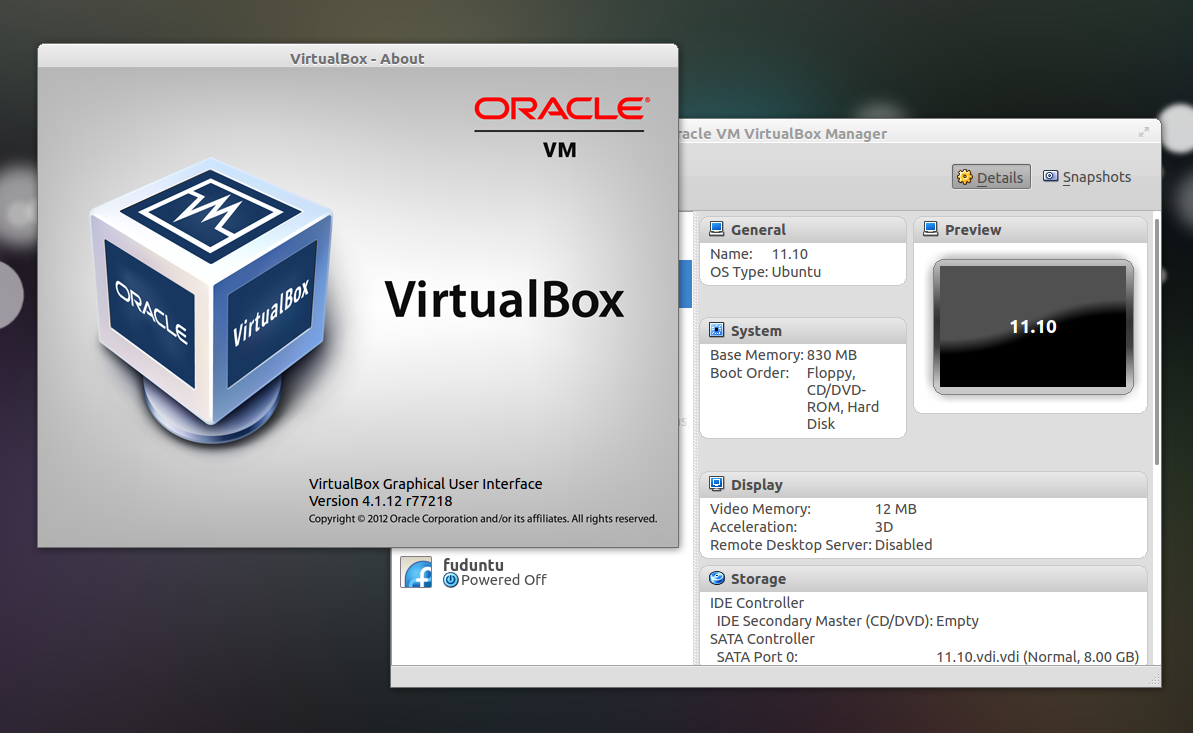

This will open up some additional text under the Ubuntu entry:Ĭlick on "VirtualBox (VDI) image" to see a listing of all of the Ubuntu images available: Scroll down on this page until you find the entry for "Ubuntu" and then click on it: This will take you to the main page for Virtual Box Images: When you visit the site, click on "VM Images" and select "VirtualBox Images": While using Ubuntu is not required for the class, it will be easiest for those don't already have access to a Linux installation. If you see that your graphics may become blurry or jerky, you can disable 3D transparency effects by right-clicking on the desktop, then select Personlize -> Appearance –> Disable transparency effects.To begin, visit the site to download a virtual disk image for the Ubuntu version of Linux. To accomplish this, you can select the Display-icon at the bottom-right of the VirtualBox ( ) -> Virtual Screen 1 –> Resize to 1440×900. It might be handy to increase the resolution if the VirtualBox. For the shared folder, we recommend usning your Downloads folder in Linux for your VirtualBox Downloads. Now run the setup: just double-click the VBoxWindowsAdditions executable file.Īfter the installation, you should be able to set a shared folder, set shared clipboard to bi-directional and set the bi-directional drag-and-drop function. Then you can find the VirtualBox Guest Additions virtual CD drive under the file explorer -> This PC. On the top bar of your virtual machine, click on Devices -> Insert guest additions CD image. Installing the Guest additions add-on is pretty straight-forward, luckily. To accomplish this, we will have to install the guest additions software of Oracle. Additional drivers for better performance and the ability to set the screen resolution.Bi-directional drag-and-drop, to easily drag-and-drop your files from and into the VirtualBox.Bi-directional clipboard, to easily copy and paste from and to the VirtualBox.Shared folder, to easily transfer files from and to the VirtualBox.Next we want to have some awesome additional features, such as:

If you successfully installed Windows 10, the Windows start screen looks like this.


 0 kommentar(er)
0 kommentar(er)
